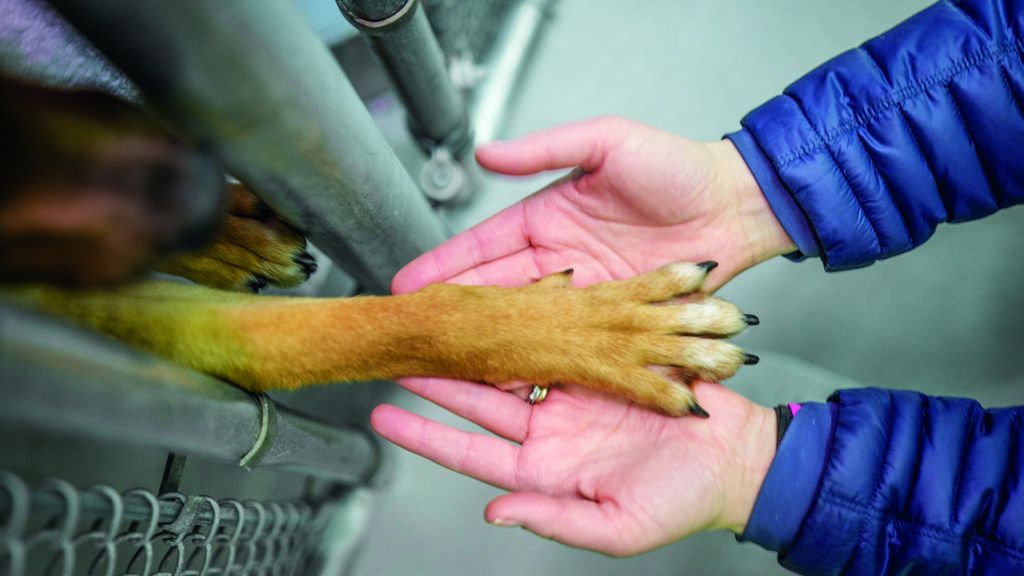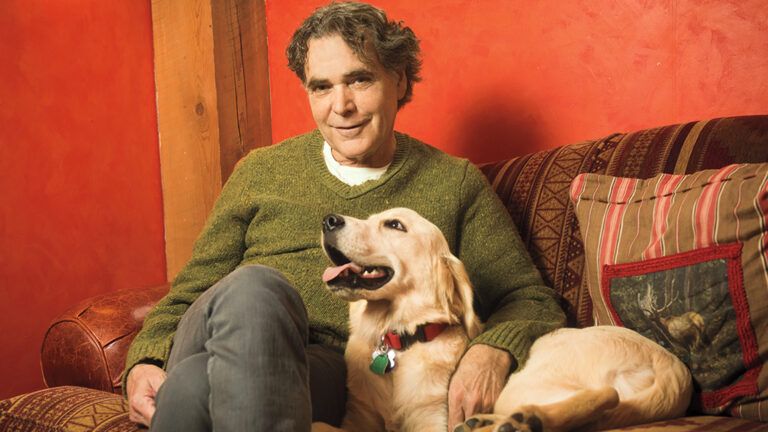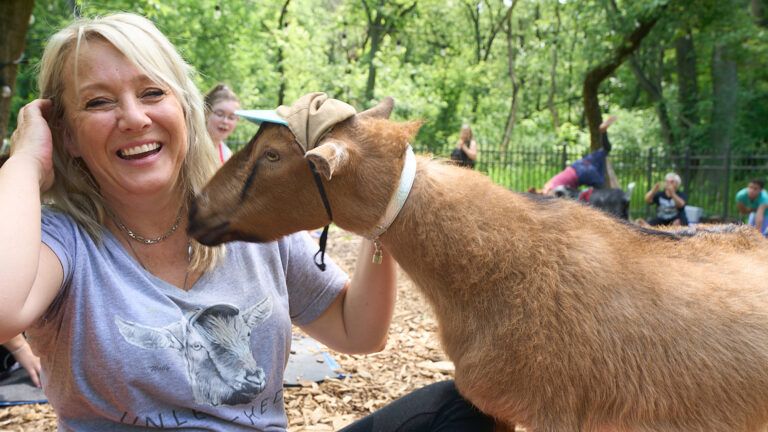Retired clergyman Father John cared so tenderly for his livestock in the 1940s, that when he died, the lane by his farm in Lafayette, New Jersey, was named after him. New generations of animal lovers carry on his legacy of compassion through Father John’s Animal House, built on the land he used to oversee. The shelter has been through crises and, at times, faced an uncertain future. But there must be perseverance deep in the soil because shelter director Garret Barcheski and his team are saving hundreds of animals—and they have no plans to stop.
Did you have pets growing up?
It was always a zoo at my house. Both of my parents are animal lovers, so I grew up with dogs, cats, rabbits, guinea pigs, snakes, birds, a chinchilla and a mouse named Kirby. They cultivated my appreciation for animals.
I earned a degree in animal behavior at the University of New England in Maine, and volunteered in shelters, observed obedience classes, trained shelter dogs—all of it. I got a job at an animal welfare society right out of college, caring for dogs and facilitating adoptions. There, I met a four-month-old pit mix named Doug and that was that! He was my best friend.
How did Father John’s get started?
Our property has housed animals since the 1940s, when Father John was doing agricultural research. After he died, a family with a dog kennel took over the property, housing dogs and pigs. Then in 1999, a few individuals in the community bought the property to start a shelter for stray animals. By 2012, the roof was caving in, and they said, “Is this the end or the beginning?” The board decided it was the chance for a new beginning, and they raised enough funds to build a state-of-the-art facility with ventilation systems, sound-absorbing panels, free-roaming areas and more.
How did you get connected with Father John’s?
I was running a dog training business, doing lectures on dog language and teaching dog-handling techniques to rescue groups. I first visited Father John’s in 2015, and became the kennel manager, which was a match made in heaven.
With an increasing number of “pandemic puppies” being returned, how do you ensure animals remain homed?
We help people understand the negative impact a surrender has on a dog. We offer coaching and phone counseling. Because when you have a puppy—and they’re chewing and pooping on everything—you need support. Or if someone has a huge vet bill, they may need help. There’s so much conflicting—and incorrect—information out there, people need to know where to turn.
What is your day-to-day life at the shelter like?
As shelter director, there is no typical day. It’s unpredictable. I’m a to-do-list guy, and the plan usually ends up getting thrown out. Recently, we were planning to work on an outdoor project, but a dog with very little medical history came in. We gave him a tick treatment, and the dog started having seizures. So we spent all day watching him. We have to be open to what happens and put the animals first.
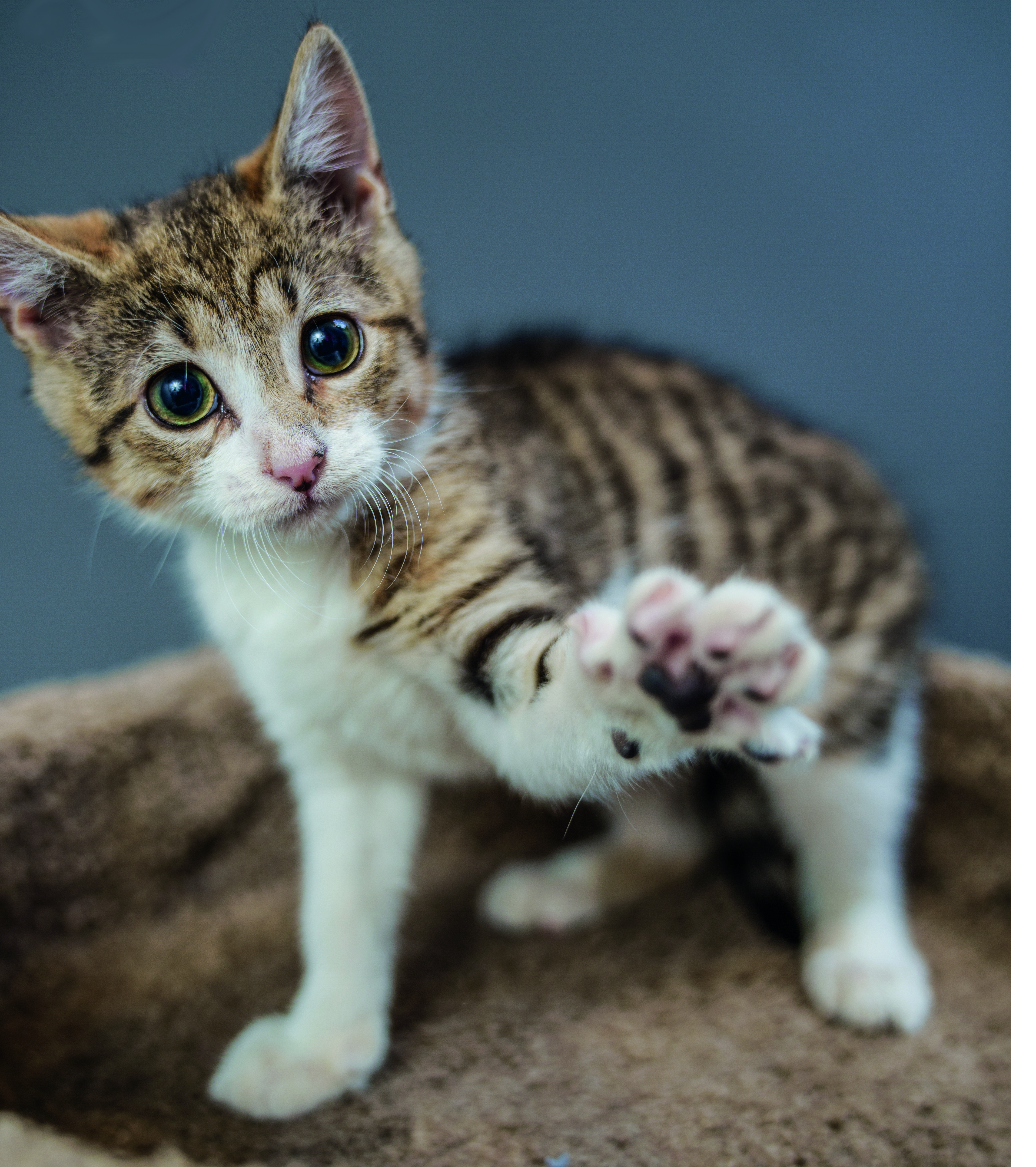
We have a stray cat issue in this area. We’ll get 300 to 500 cats a year from Sussex County. Many are owner-surrenders, from people who are amidst a housing crisis or a life crisis. Or people will find kittens outside. Dogs come from everywhere. We will hold a stray, and they’re usually reclaimed. We accept surrenders and get about 30 of those each year, typically due to behavioral problems.
But the main way they arrive is through our partner rescues in Mississippi. In the Southeast in particular, there is a problem with a high supply of dogs and low demand. So we found a rescue partner that aligns with our mission, ethics and quality of care.
What do you attribute your success to?
Two years ago was a turning point here. Despite the pandemic we decided we have to do more. So we made changes—like creating an efficient adoption process, increasing our responsiveness to adopters and providing phone counseling to potential pet parents—and we found homes for 765 animals in 2021! Our success comes from the 17 motivated, genuinely caring people who work here and all our volunteers. We’re focused on understanding how to support the adopter, the community, the staff and the board. We want to achieve 1,000 adoptions this year!
How do you match a pet with a family?
Our team is so good at this process. We’re matchmakers. We live and breathe it. We’re giving someone the joy they’re thirsting for. The process begins with filling out a questionnaire. People need to honestly examine their lifestyle and family. Then it’s a phone call or a walk-in. It’s a conversational adoption process. No one adopts without this counseling.
If you want a cat, we have multiple free-roaming cats so you can observe their personalities. You’ll get a chance to interact with a dog alongside an expert, who will counsel you on where they sleep at night, how many times the dog needs to go out, how much stimulation they’ll need. We observe the interaction and see if there’s a connection. We talk people through what to expect and make sure it’s the right fit.
How do you get funding?
We spend $1,200 to $1,300 per animal on medical care or behavior training. Father John’s is a nonprofit. Almost everything is from donations. Our biggest fundraising event is a beefsteak dinner. During the pandemic, we couldn’t do it, but 90 percent of the guests said they preferred to donate the money—it was incredible.
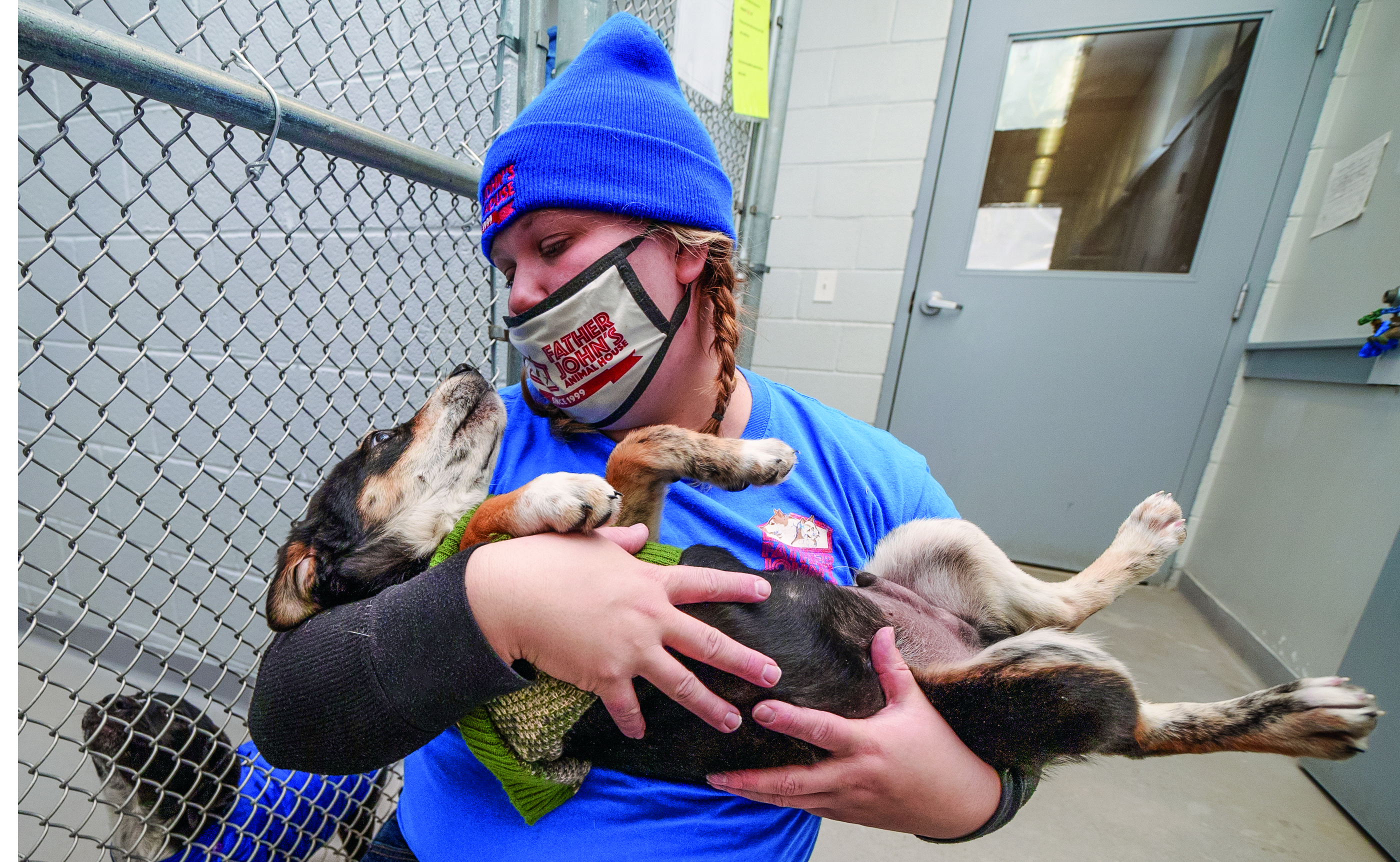
In January 2021, we took in four pregnant dogs who had 36 puppies within 14 days. That got us reenergized after the pandemic. We made it out alive!
What are some misconceptions about shelters?
People think the shelter is going to want all this personal info. We’re trending away from that because we want to eliminate barriers to adoption. If someone has already made this decision, then let’s help them.
People sometimes think there must be something wrong with a shelter animal. But just like humans, they’re products of nature and nurture. Some will come with terrible pasts, some not; some are not as resilient, some are. It depends. A newly adopted cat may stay under your bed for two months. They don’t know they are being saved! If you can take an empathetic approach, it’s a rewarding experience when the cat comes out from under the bed.
What is the most gratifying aspect of this job for you?
We’ve created a space for someone to experience companionship. It’s amazing that every day we’re giving people the chance to receive unconditional love.
For more information on the shelter, and to donate or adopt, visit fatherjohns.org.
For more inspiring animal stories, subscribe to All God’s Creatures magazine.
